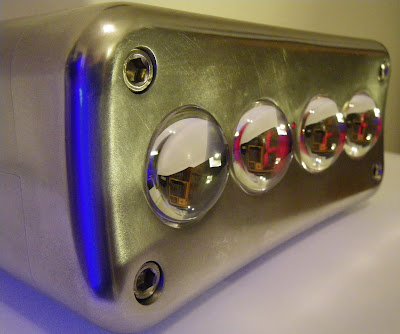
[Lauren] has created a facial conditioning device dubbed the Happiness Hat. The hat measures a sensor at the wearer’s cheek to determine if the wearer is smiling. When the hat does detects the wearer is not smiling, it activates a servo that prods the wearer. This project is fairly unique in that it provides haptic bio-feedback of what the body is doing, a similar project to the Happillow. While the Happiness Hat seems to work for treating the outward symptoms of unhappiness, this is but an early step towards the droud.
















